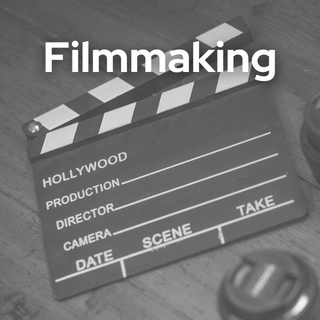Filmmaking Pointers
digitalfilms by Oliver Peters
 If you want to be a good indie filmmaker, you have to understand some of the basic principles of telling interesting visual stories and driving the audience’s emotions. These six ideas transcend individual components of filmmaking, like cinematography or editing. Rather, they are concepts that every budding director should understand and weave into the entire structure of how a film is approached.
If you want to be a good indie filmmaker, you have to understand some of the basic principles of telling interesting visual stories and driving the audience’s emotions. These six ideas transcend individual components of filmmaking, like cinematography or editing. Rather, they are concepts that every budding director should understand and weave into the entire structure of how a film is approached.
1. Get into the story quickly. Films are not books and don’t always need a lengthy backstory to establish characters and plot. Films are a journey and it’s best to get the characters on that road as soon as possible. Most scripts are structured as three-act plays, so with a typical 90-100 minute running time, you should be through act one at roughly one third of the way into the film. If not, you’ll lose the interest of the audience. If you are 20 minutes into the film and you are still establishing the history of the characters without having advanced the story, then look for places to start cutting.
Sometimes this isn’t easy to tell and an extended start may indeed work well, because it does advance the story. One example is There Will Be Blood. The first reel is a tour de force of editing, in which editor Dylan Tichenor builds a largely dialogue-free montage that quickly takes the audience through the first part of Daniel Plainview’s (Daniel Day-Lewis) history in order to bring the audience up to the film’s present day. It’s absolutely instrumental to the rest of the film. read more...











Leave a comment
Please note, comments must be approved before they are published
This site is protected by hCaptcha and the hCaptcha Privacy Policy and Terms of Service apply.